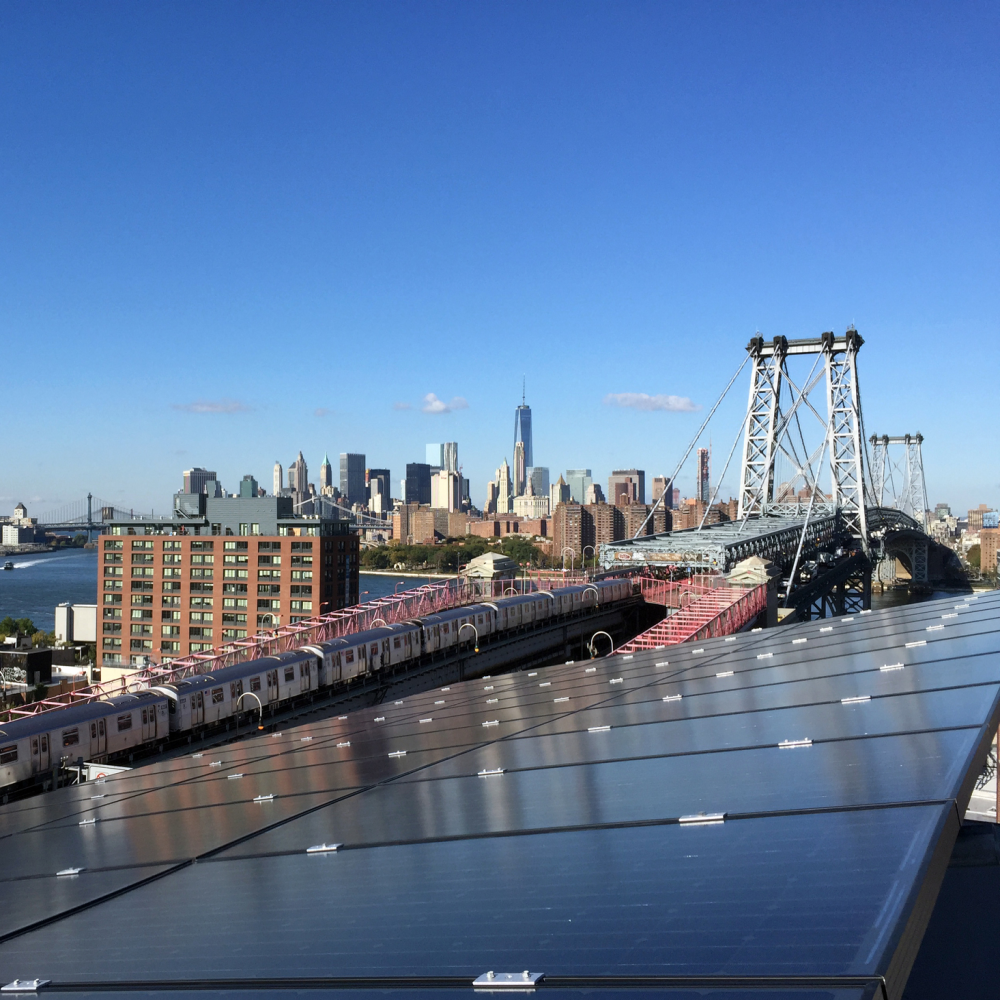It’s no secret, buildings are one of the largest sources of emissions. The IEA found that in 2021 the operation of buildings accounted for 30% of global final energy consumption. In New York City, buildings are responsible for about 70% of its greenhouse gas emissions. With 90% of buildings in NYC today expected to be standing in 2050, and with many of them having been built at the turn of the century, there is significant potential for long-term carbon reduction.
NYC’s 2019 Climate Mobilization Act put these existing buildings in center focus with aims to reduce the city’s emissions by 40% by 2030 from a 2005 baseline. The cornerstone of this legislation package was Local Law 97, which set statutory carbon caps on buildings larger than 25,000 square feet with steep fines for noncompliance. This is especially relevant if New York is to meet goals laid out in the 2019 Climate Leadership and Community Protection Act (CLPA) of an 85% reduction in greenhouse gas emissions by 2050, and the governor’s goal to achieve 10 GW of solar by 2030.
These caps are increasingly stringent over time with limits starting in 2024 for the worst-performing 20% of buildings, and 2030 for the rest. In total, Local Law 97 covers about 50,000 buildings and nearly 60% of the city’s building area, with 59% being residential, and 41% commercial. The Urban Green Council estimates this could turn NYC into the largest retrofit market in the country with 141,000 new jobs in the metro area by 2030, and a $20 Billion retrofit market over the next decade.
What this means for solar
Recently proposed rules for Local Law 97 allow building owners to offset emissions from their building electricity use by purchasing renewable energy credits (RECs) from renewable energy connected to the NYC grid. Solar and wind could see significant growth alongside this retrofit market depending on the implementation of this carbon trading program. However, concerns remain that RECs could weaken the law’s potential if this compliance is possible without the addition of new renewable energy sources.
An innovative New York State Energy Research and Development Authority (NYSERDA) program called RetrofitNY takes this pairing of retrofits and solar a step further. Based on the successful Dutch “Energiesprong” program for deep retrofits, RetrofitNY aims to cultivate cross-industry innovation and collaboration to revolutionize retrofits in a manner that is streamlined, cost-efficient, and scalable.
The technical approach is simple and standardized: prefabricated insulated cladding to the exterior, a new insulated roof over the existing roof, a photovoltaic system, heat pumps for space and water heating, and replacement of doors, windows, and ventilation. This deep retrofitting can be quickly completed without disturbing tenants, can be paid for through energy savings over time, and can utilize economies of scale to further save on procurement while also offering 50% to 80% energy use reductions. Early pilot programs have found that solar PV systems offer the best value for money on a fully electrified, deep retrofitted home over the long term.
While there are new challenges for the program to face in the United States, RetrofitNY is already catalyzing change through “five key actions”:
- Leveraging building owners for their collective market power creates demand
- Mobilizing the building construction and design industry helps develop technical solutions
- Partnering with manufacturers for components like pre-fabricated insulated cladding enables innovation, and cost compression
- Working with financial organizations to fund projects through energy savings
- Engaging regulators and policymakers to help facilitate further adoption of this model.
As cities and states across the country begin to adopt similar laws on building emissions, the success of Local Law 97, and RetrofitNY could set a far-reaching precedent. In 2018, Washington D.C. approved a policy for buildings over 50,000 square feet, and in 2019 Washington State adopted the Clean Buildings bill targeting large commercial buildings.
Boston, Los Angeles, San Francisco, Seattle, and St. Louis have also begun to implement performance requirements for existing buildings with fines for noncompliance. While the language and focus of each law vary slightly, there is a shared goal of building decarbonization that offers new opportunities for the twin forces of solar and retrofits.
This content is protected by copyright and may not be reused. If you want to cooperate with us and would like to reuse some of our content, please contact: editors@pv-magazine.com.








By submitting this form you agree to pv magazine using your data for the purposes of publishing your comment.
Your personal data will only be disclosed or otherwise transmitted to third parties for the purposes of spam filtering or if this is necessary for technical maintenance of the website. Any other transfer to third parties will not take place unless this is justified on the basis of applicable data protection regulations or if pv magazine is legally obliged to do so.
You may revoke this consent at any time with effect for the future, in which case your personal data will be deleted immediately. Otherwise, your data will be deleted if pv magazine has processed your request or the purpose of data storage is fulfilled.
Further information on data privacy can be found in our Data Protection Policy.